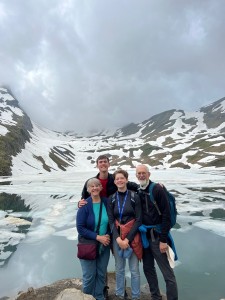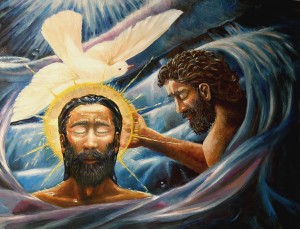“When the sabbath came, he entered the synagogue and taught. They were astounded at his teaching,
for he taught them as one having authority, and not as the scribes.”
– Mark 1:21-22
Beloved of God,
As we turn the calendar to 2024 (a “leap year”…which means we have one extra day to figure it all out, right?!), I’m reflecting on its inauspicious beginning for me personally. COVID kept me sequestered in my bedroom for eight long days following Christmas. On the one hand, it was an engraved invitation to catch up on my reading. On the other hand, it was a blunt reminder of the mistaken notion that I have control over my life. I need those reminders now and again. And coming at the intersection of one year and the next seems oddly fitting . But back to the reading…
A book on my Christmas list I was grateful to receive was Timothy Egan’s latest: Fever in the Heartland: The Ku Klux Klan’s Plot to Take Over America, and the Woman Who Stopped Them (Viking, 2023). To say I read the book would be a misnomer – I devoured it; due in no small part to Egan’s genius for turning historical non-fiction into page-turning drama. Tracing the rise of the Ku Klux Klan’s white supremist movement in the post-WW1 American heartland (Indiana and Ohio particularly) makes for harrowing reading—heightened even more by that fact that this is history about which I knew absolutely nothing. Yet, as Egan ably documents, the implications of where this movement could have ended up, how deeply it put at risk the foundational commitments of American democracy, are absolutely stunning. Most remarkably, in the personalities, strategies, and political gamesmanship he uncovers from a century ago one finds immediate resonance within our current age. Which is, no doubt, precisely as Egan intends. I highly recommend the book.
Telling the truth is in short supply these days; lies and smoke screens flourish. How to tell the difference? The Season after Epiphany, which we’ll mark from now through February 11, focuses on the early ministry of Jesus as he gathers a community around himself and begins his ministry of teach and healing. What stands out for those who have direct encounters with Jesus is his authority. There’s no quibbling. No hemming and hawing. No saying one thing in front of the cameras and another thing in private. His diagnosis and prescription are clear and direct: Repent and believe the good news!
In an age where some swaths of the Christian-identifying public are falling in lock step behind leaders who are consummate charlatans, we need to raise up the clarion voice of Jesus. For absent his voice we may become prey to all kinds of demagoguery. The Seahawks have a tradition called TELL THE TRUTH MONDAY. Watching the game film from the day before is a cure all for sidestepping missed assignments or blaming others. The goal is simple: to own mistakes; to learn; to grow.
The Christian tradition has a similar tradition. Let’s call it TELL THE TRUTH SUNDAY, the weekly occasion when we stand before God and one another with a mirror before us. That mirror shows us things that we would rather not see, but when we have the courage to look into it we find in its reflective gaze that not only are we imperfect and flawed human beings, we are, at the same time, BELOVED. For in that gaze we see superimposed upon our image the image of the incarnate Christ. And seeing him gives us hope and purpose: there is a way forward; we can tell the truth about ourselves—for we know and trust that his love and forgiveness will be there for us, come what may. For he told us so.
With you, on the Way,
Pastor Erik






